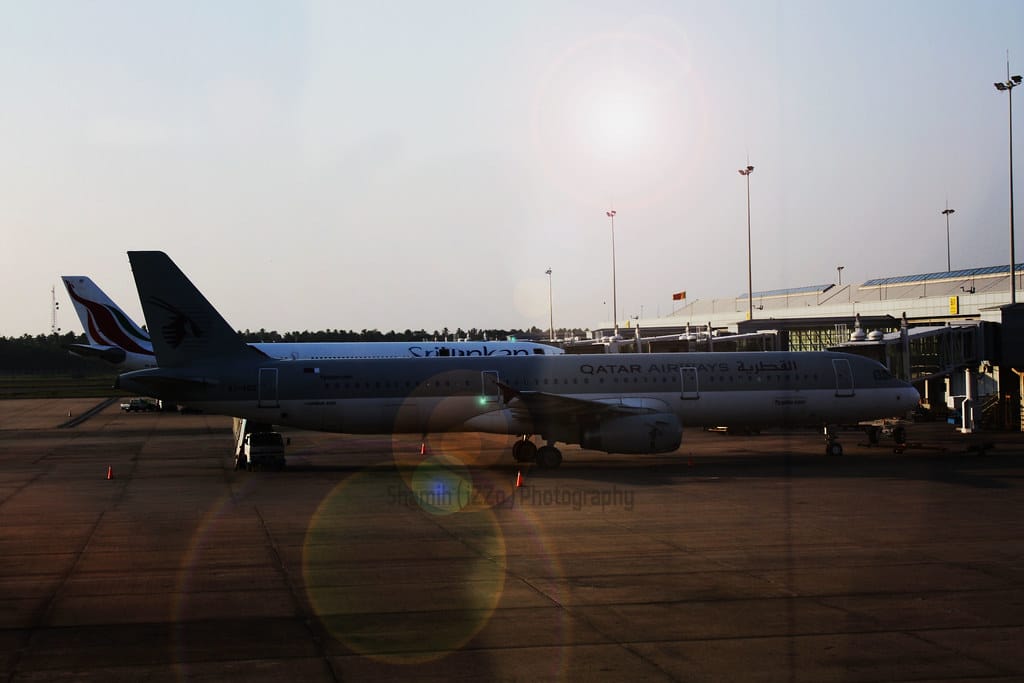Boeing 787's Emergency Power System May Hold Key Clues in Air India Express Crash Investigation
New revelations suggest the aircraft's backup electrical systems were operational before the tragic accident, raising critical questions about what went wrong in the final moments.
Aviation safety investigators are piecing together a complex puzzle following reports that the Boeing 787's emergency power system was likely active before the Air India Express crash. This development adds a crucial layer to the ongoing investigation, as emergency power systems typically activate only when an aircraft's primary electrical systems fail or encounter severe disruption.
The preliminary findings, while not conclusive, provide investigators with vital data about the aircraft's final moments and could reshape understanding of what caused the tragedy that has shaken the aviation industry.
Understanding the 787's Emergency Power Architecture
The Boeing 787 Dreamliner incorporates one of the most sophisticated emergency electrical systems in commercial aviation. The aircraft's backup power infrastructure includes multiple redundant systems designed to maintain critical flight operations even when primary power sources fail.
The 787's emergency power system consists of several key components: the Ram Air Turbine (RAT), which deploys automatically to generate hydraulic and electrical power; backup batteries that can sustain essential systems for extended periods; and an auxiliary power unit that can operate independently of the main engines.
When this system activates, it indicates the aircraft has experienced a significant electrical emergency—a rare occurrence that demands immediate crew attention and response.
Timeline and Initial Findings
According to sources familiar with the investigation, flight data suggests the emergency power system engaged during the flight's final phase. This activation would have triggered multiple cockpit warnings and required the flight crew to follow emergency procedures outlined in Boeing's operational manual.
The timing of this system activation is particularly significant. Emergency power engagement during approach or landing phases presents unique challenges for flight crews, as they must simultaneously manage the aircraft's descent while addressing potentially cascading system failures.
Flight data recorders have provided investigators with precise timestamps and system status information, though the complete analysis may take months to complete.
Industry-Wide Implications
This development has prompted renewed scrutiny of emergency power system protocols across the aviation industry. Airlines operating Boeing 787s are reviewing their emergency procedures and crew training programs to ensure pilots are fully prepared for such scenarios.
The Federal Aviation Administration and international aviation authorities are closely monitoring the investigation's progress. Any findings that suggest design flaws or procedural inadequacies could result in mandatory safety directives affecting the global 787 fleet.
Boeing has stated its commitment to supporting the investigation while maintaining confidence in the 787's safety systems. The manufacturer has previously emphasized that the aircraft's emergency power architecture exceeds regulatory requirements and incorporates lessons learned from decades of commercial aviation experience.
The Human Factor in Emergency Situations
Aviation experts stress that emergency power system activation tests not only aircraft design but also crew training and response capabilities. Modern commercial aircraft like the 787 are engineered to remain controllable even with significant system failures, but successful outcomes depend heavily on crew performance under extreme pressure.
The investigation will likely examine crew resource management, adherence to emergency checklists, and communication protocols during the critical moments when the emergency power system was active.
Ongoing Investigation Challenges
Investigators face the complex task of correlating emergency power system data with other aircraft systems, weather conditions, and air traffic control communications. The 787's extensive digital monitoring capabilities provide unprecedented insight into aircraft behavior, but analyzing this data requires specialized expertise and sophisticated software tools.
International cooperation between aviation authorities, Boeing, and Air India Express continues as investigators work to establish a comprehensive timeline of events leading to the crash.
Looking Forward: Safety Lessons and Industry Response
As the investigation progresses, the aviation industry awaits findings that could influence future aircraft design, crew training standards, and emergency response procedures. The 787's emergency power system activation before this crash represents a critical data point that will inform safety recommendations and potentially drive technological improvements.
The tragedy serves as a stark reminder that aviation safety depends on the seamless integration of advanced technology, rigorous training, and effective emergency procedures. While the investigation continues, the industry's commitment to learning from this incident and preventing similar occurrences remains paramount.
The final investigation report will provide definitive answers about the emergency power system's role in this tragedy, but early findings already underscore the critical importance of robust backup systems and comprehensive crew preparedness in modern aviation safety.
